Modern Tenkara
What is modern Tenkara all about?
Tenkara is more than the tools. The tools are the rods, lines and flies. It is not just a technique because modern Tenkara has many techniques which are constantly being refined. For me Tenkara is a philosophy.
My Take on Tenkara Philosophy
Keep it simple.
That's all there is to it. How much more simple can you get than a stick with a string and a hook on the end for catching fish? Western rods have eyes, reels, complicated formula for lines with multiple sink rates. Combinations of fly patterns to achieve a certain presentation. Technology developed to assist, through complication, one simple element. Presentation.
Tenkara has developed carbon fibre rods but they are anything but complicated in use. They are an elegant simplicity. Tie the line to the end of the rod, the fly to the end of the line and you can start to fish.
We might put a fine line between the casting line and the fly but that's as complicated as it gets with me when it comes to the tools.
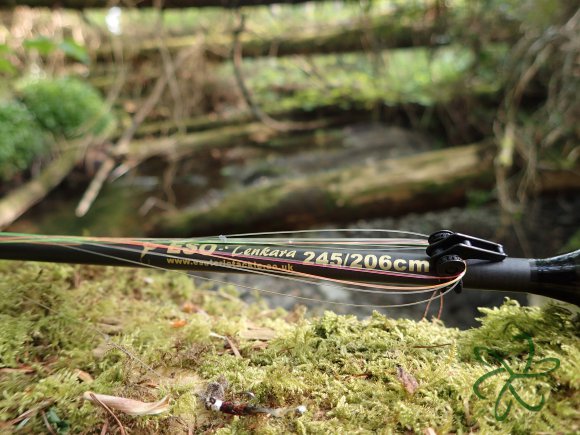
People coming from a Western fishing background like to add complication. Perhaps a tapered line to aid presentation. There are examples of tapered horse hair lines from antiquity, no big deal if they want to do that. It's just a line but it is a little more complicated then I like.
Level line. Simple and effective for me.
Tenkara Techniques
Manipulation of the fly in the water is pointed to as one of the main features of Tenkara. Yet, we know that a dead drift is a perfectly acceptable Tenkara technique. I also know of western techniques for manipulating the fly in the water. How can we forget the classic "induced take" of nymph fishing?
Modern Techniques
Once you strip everything back to the most simple form you can. Rod, line and fly then the door opens on a whole new world. Instead of relying on the tools and patterns river craft becomes important.
Knowing where the fish are likely to be. How to keep yourself hidden from them. Getting the angles to deliver your fly to the right place so it passes the fish naturally. All these things are not Tenkara. They are good angling.
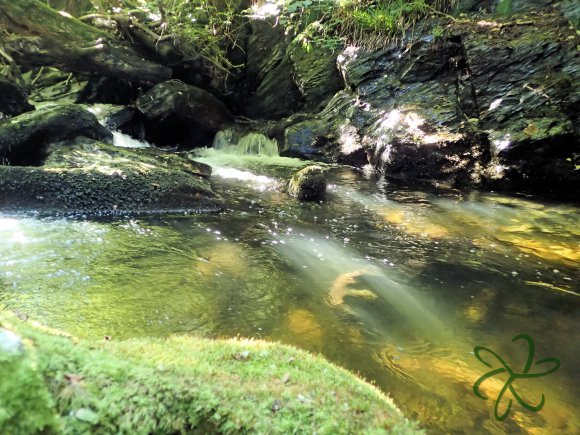
Keeping it simple with Tenkara enhances skills that we have circumvented with western technology. We become better fishermen. When we come back to fishing with western tackle our catch rates improve with the acquired or renewed skills.
Advantages of Simplicity
When you're not worrying about where the retrieved line is going or what it is getting tangled in you can concentrate on the important line. The line that is in front of you.
Tenkara lines are simple and light. They are easily held off the water. Reducing the splash of landing and the slurp of the lift off which gives you a better chance of not spooking fish. Spooked fish can't be caught and disturb the other fish in the pool or run.
Worrying less about the pattern and more about presentation seems to be a line of thought that has been highlighted more in my mind from stripping back to simplicity. There have been many top anglers that have always advocated for presentation but until you simplify it's very hard to understand why it is so important.
Presentation is not just the "how" of the fly landing on the water. It is not just the speed at which it travels down river or the angle to the current. It's all those things along with the place in the water column that is to say, how near the fly is to the surface or the bottom. It also has to do with how much "disturbance" the fly is making. A skittering sedge pattern makes a lot. A dead drift mayfly makes none, if done right.
It's important because there is a direct correlation of presentation to catch rate. If the fish are sipping flies from the surface, dragging a heavy pattern along the bottom will take the odd fish. That's a very exaggerated example. Yet, now many times do we see something similar? Large flies being fished by someone in slow moving crystal clear water where a tiny fly would be eagerly accepted.
Right here is one of the dichotomies of simplicity.
Simplify to concentrate on presentation and open up the complexity of all the different presentation techniques there are. Yet, they are easier because you have removed so many of the barriers to the technique with Tenkara tackle.
Simplifying Fly Choice
Theories are being developed on fly size depending upon how much background noise there is in a river. Slow crystal clear pools have no background noise and need smaller flies. Fast turbulent runs need bigger flies perhaps with exaggerated trigger features. Trigger features could be a splash of bright colour or large, soft, pulsing hackles. Less match the hatch but match the conditions.
These ideas are coming from Tenkara anglers and then taking them back to Western styles to check if their the findings still hold. Spoiler alert! They do.
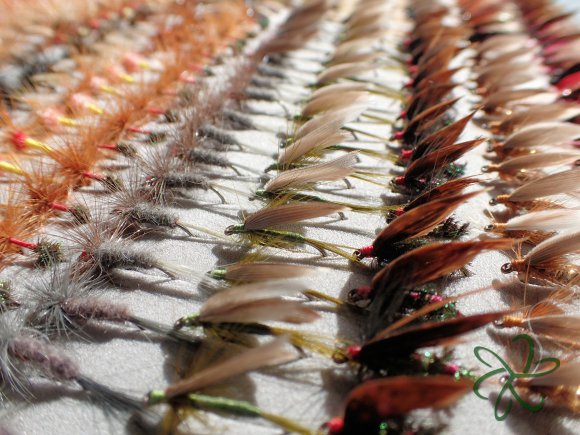
For me I think the answer lies somewhere in the middle. Size and trigger for the conditions but overall colour and shape for the hatch. I say this because I know from experience you can fish a pool and catch nothing. Change only the colour and it's a fish every other cast. Some days it's top of the water and if it sinks they ignore it. Local knowledge will always play a part. Yet Tenkara anglers are making an attempt to simplify fly choice. That's got to be a good thing.
River Craft
With a fixed line and very fine tip to your rod you become very aware of your surroundings. You don't want to break a tip by rattling it off a branch. Catching flies in vegetation is to be avoided. You can't shorten your line, unless you change it. I'm thinking far more about where I am going to send the back cast. Getting position so I can make a cast. How I am going to land a fish if I catch one. A classic is not being able to raise the rod because of overhead obstructions. How are you going to handle that and keep pressure on the fish so you don't lose it? That's just the mechanics of navigating the river.
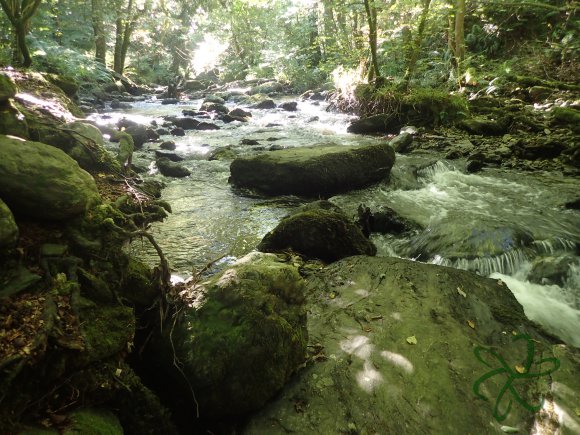
Checking my background for snags I also make sure that I blend into the background and don't present a silhouette that would send the fish scattering. Keeping low where necessary. Stepping lightly in the river. Using the river itself to hide me. You can hide in the fast water of a fall to fish the tail of the pool above. A tongue of fast water will act like a curtain. The fish the other side will not see or detect you coming.
Stealth is especially important for the trout species. Grayling are something different. They have no fear and will come to an anglers feet looking for an easy meal on some waters. Even then, hard fished waters and big grayling sometimes come to a more stealthy approach.
Conclusion
Tenkara is whatever you want it to be. It is more than the tools. It is more than the manipulations. It is not the reverse hackle flies. For me it's a return to basics. Who knew that simplification could open up a whole new world of complexity to explore? Who knew that those observations can be used with western tackle and styles to improve your catch rate there as well? Tenkara has brought new skills to the table that I had failed to learn with my western style fishing.
That is my take on where modern Tenkara is currently. Let's just go out there, have fun and catch fish!
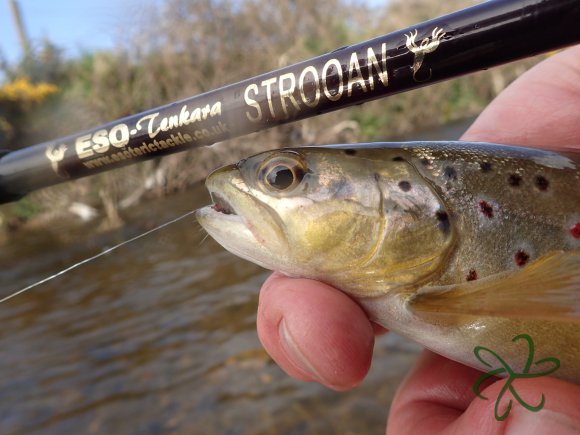
Tags:
Rating 5.0 (1 vote)
No Comments
Add a comment:
Subscribe to comments
